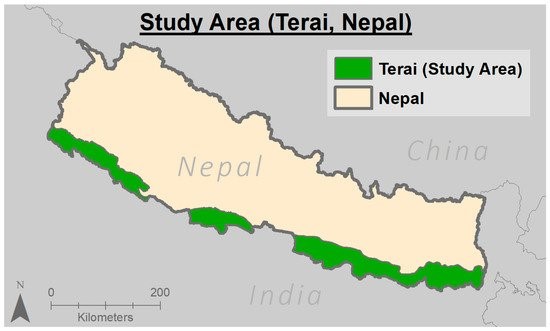A paper on “Lessons Learned While Implementing a Time-Series Approach to Forest Canopy Disturbance Detection in Nepal” was published in Remote Sensing, co-authored by 2018 SERVIR AST team members including PI Robert Kennedy of Oregon State University, David Saah of the University of San Francisco/Spatial Informatics Group (SIG), Eric Bullock of the United States Forest Service, and Karis Tenneson (SIG), along with SIG co-authors Crystal Wespestad, Karen Dyson, John Dilger and Nishanta Khanal, Ate Poortinga of the Asian Disaster Preparedness Center/SERVIR-Mekong, and with Raja Ram Aryal of the Forest Research and Training Centre in Nepal as primary author. The paper explores the application of the Continuous Degradation Detection (CODED) algorithm and Google Earth Engine (GEE) to monitoring forest canopy disturbances.
